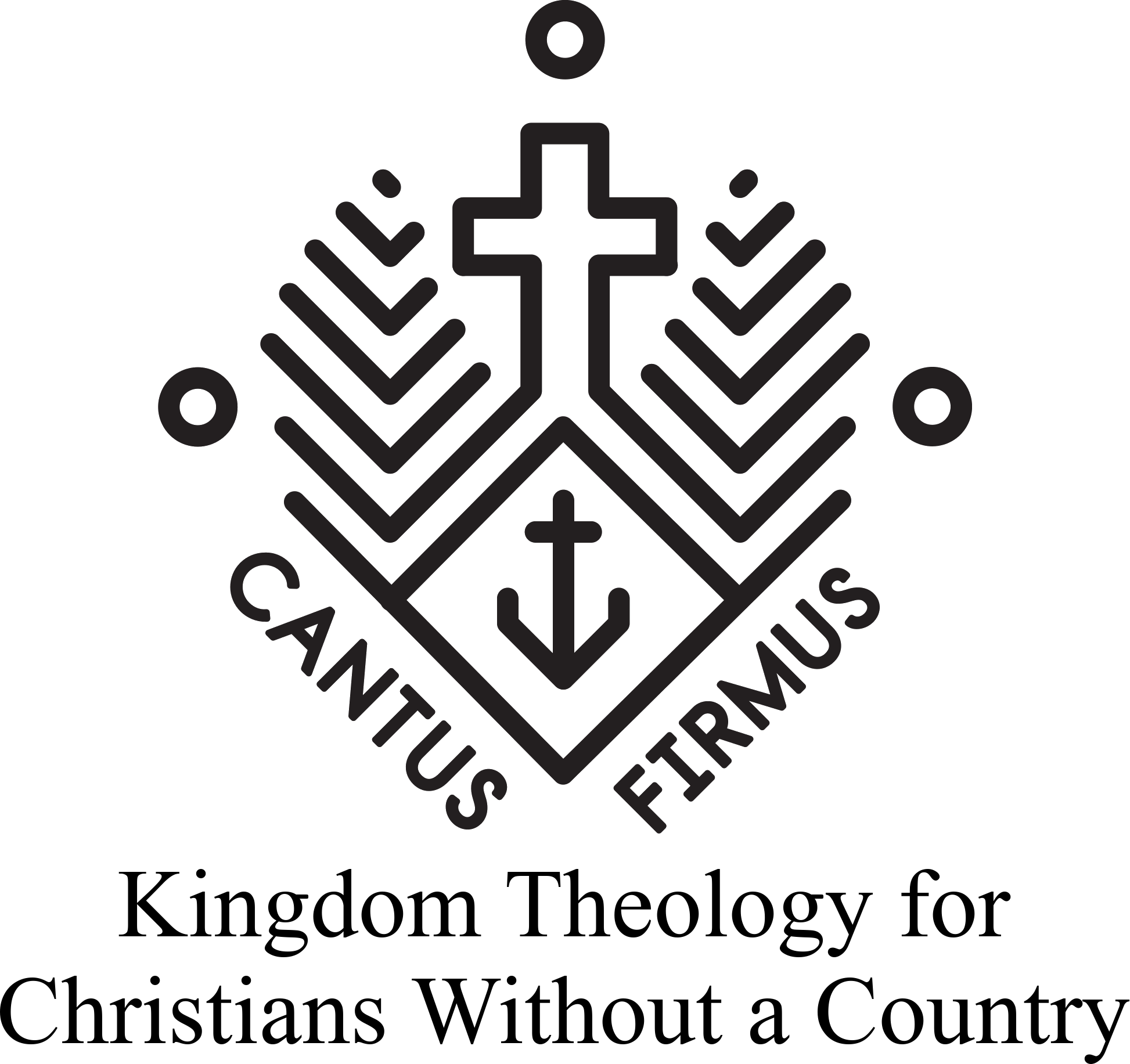This is the third in a series on critical biblical scholarship. For more, follow the RELATED links on each article.
We talked last time about the documentary hypothesis and how critical scholars have chopped up the first five books of the Bible into sections which they assert come from different authors writing at different times. If you haven’t heard that, you might want to go back and read those articles because I’ll assume that you have some familiarity with the topic.
RELATED: CRITICAL BIBLICAL SCHOLARSHIP PART 1 – JEDP AND THE DOCUMENTARY HYPOTHESIS
RELATED: CRITICAL BIBLICAL SCHOLARSHIP PART 2 – PROBLEMS WITH THE DOCUMENTARY HYPOTHESIS
What I want to do here is look at how acceptance of the documentary hypothesis impacts how other biblical books outside of the Torah are treated by critical scholars. Amos is a great book to look at because it’s short, its author lived fairly early in Israel’s history (in the 750s BC or thereabouts), and it’s rich in content that suggests familiarity with portions of the Torah that critical scholars date to hundreds of years later.
Let’s start with a broad look at the book of Amos. He seemed to have been a prophet of humble background and humble occupation. Attributed to Amos in 7:14-15 is this statement:
“I was neither a prophet nor the son of a prophet, but I was a shepherd, and I also took care of sycamore-fig trees. But the Lord took me from tending the flock and said to me, ‘Go, prophesy to my people Israel.”
The first two chapters of Amos pronounce judgment upon pagan nations for their cruelty and inhumanity, the latter part of chapter 2 up through chapter 9 detail Israel’s crimes and impending punishment, including the destruction of the Israelite sanctuary at Bethel, and the end of chapter 9 details their future restoration. When discussing the crimes of Israel and of pagan nations, Amos seems to reference passages in the Pentateuch, including passages which critical scholars view as later priestly and Deuteronomic additions written after the time of Amos. More on that later.
The Critical View of Amos
Tchavdar Hadijev, in his book The Composition and Redaction of the Book of Amos, gives us some insight into how critical scholars look at Amos. He begins by telling us that the book comes substantially from the prophet Amos himself:
“There are a number of commentators who ascribe all, or almost all, of the book’s content to Amos himself but do so for very different reasons. They would also have quite distinct ideas on what Amos actually was an did: a Northern government official, a Judean nationalist . . . a cultic prophet, a preacher of the covenant, etc.”
RELATED: PODCAST: FOR THREE REDACTIONS, EVEN FOR FOUR — AMOS AND THE DOCUMENTARY HYPOTHESIS
Now, we’re already off to a rocky start. Look at the diversity of opinions about who Amos was and where he lived, all based on different concerns which scholars think they find reflected in the text. Also, a number of commentators ascribe the book to Amos, which suggests that a number do not.
It gets more complicated. Hadijev notes that:
“Modern redaction-critical study of Amos begins with the influential thesis of Wolff who identified six stages in the literary development of the book.”
The last three hypothesized stages are most important for our purposes:
4. The Bethel-Exposition of the Josianic age [3:14, 5:6, 4:6-12, 4:13, 5:8-9, 9:5-6, 1:2] where addtions were made which “aimed to support the destruction of the Bethel sanctuary by Josiah.”
5. “a Deuteronomist redaction [1:9-12; 2:4-5, 10-12; 3:1b, 7; 5:25-26] sought to apply the prophetic word to Judah during the time of Babylonian exile.”
6. “A postexilic addition of the epilogue in 9:11-15 supplied the missing message of salvation.”
Hadijev claims that Wolff’s reconstruction has been accepted in broad outline by “a number of scholars,” though notes important dissenters on various points.
The Conservative View of Amos
In contrast, Gleason Archer, a conservative biblical scholar who rejects the documentary hypothesis and holds to biblical inerrancy, notes several places where Amos seems to refer to the Pentateuch, such as:
- Amos 2:7 apparently chastises Israel for engaging in religious prostitution, as forbidden in Deuteronomy 23:17-18.
- Amos 2:8 condemns those who keep clothing from poor borrowers overnight as forbidden in Exodus 22:26.
- Amos 2:12 refers to the Nazarite vow as referenced in Numbers 6:1-21.
- Numerous places in Amos use sacrificial terms which many critical scholars suppose come from much later in Judah’s history.
- In addition, Amos 4:4-5 seems to be railing against the unauthorized sanctuaries outside of Jerusalem, which is why some scholars (including those who accept the sixfold development Hadijev detailed) see it as a later Deuteronomist passage. However, Hadijev argues that it isn’t unauthorized sanctuaries which Amos is railing against but improper attitudes in worship.
The Right View of Amos?
So, what are we to conclude? Why do so many scholars date portions of Amos as much later than the life of Amos himself? Is it because there is clear, incontrovertible evidence that such segmenting is required by the data? Or, on the contrary, is it because the book of Amos presents a history consistent with a straight-forward reading of the Old Testament which critical scholars are simply biased against?
Why not assume that the book of Amos is a single unit and that its author is familiar with the Torah as a complete unit during his own time? Is that not the simplest and most obvious solution? Perhaps critical scholars could do just this if they didn’t treat the text with an undue suspicion and didn’t feel obligated to justify the history of Israel/Judah presented by the documentary hypothesis.
NEXT: CRITICAL SCHOLARSHIP PART 4 – THE HISTORICITY OF THE BOOK OF DANIEL
